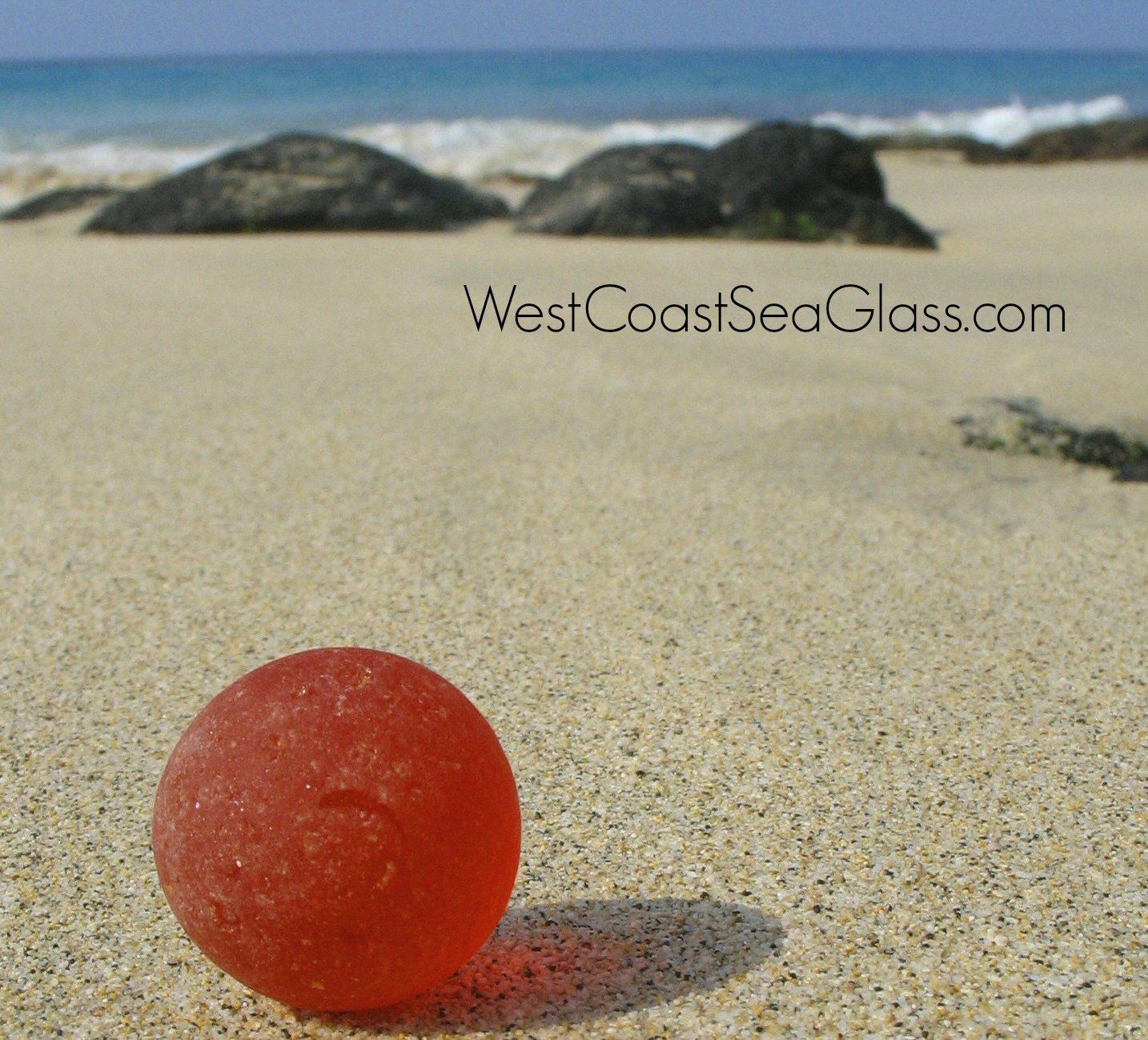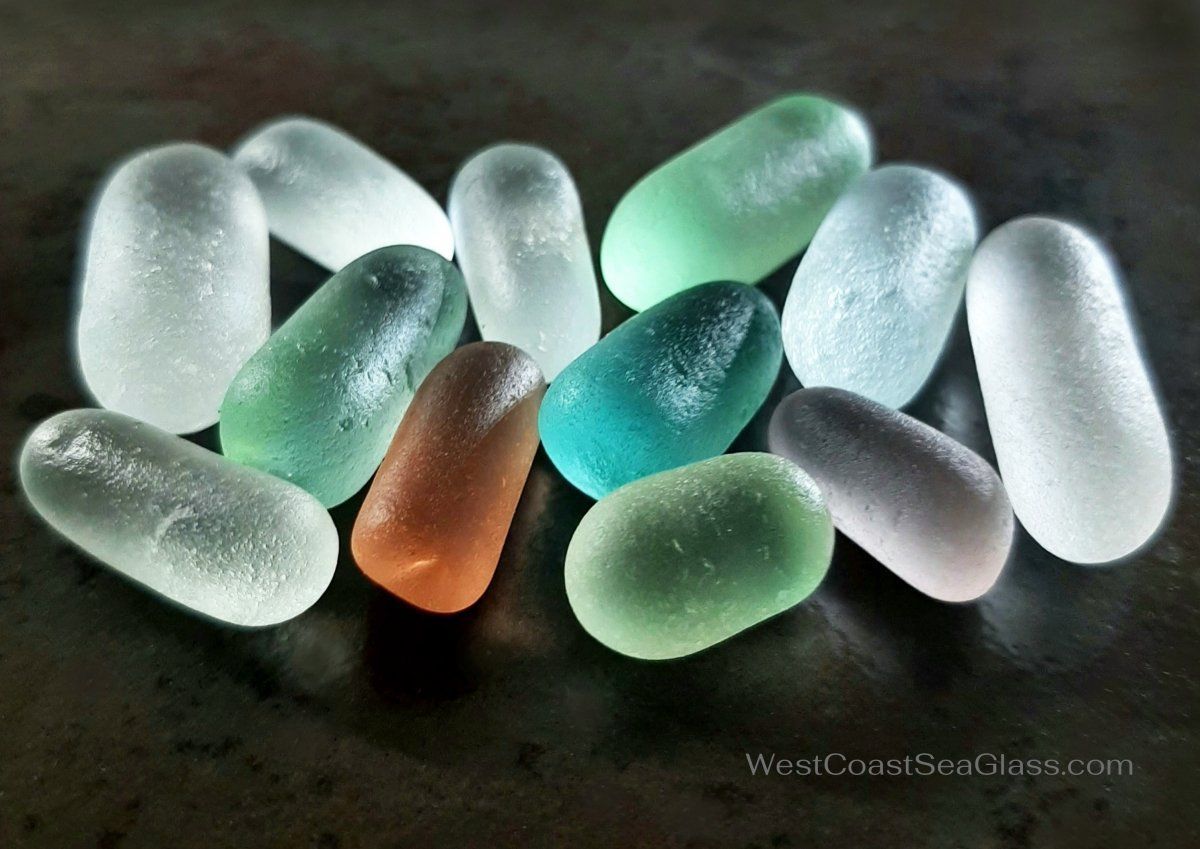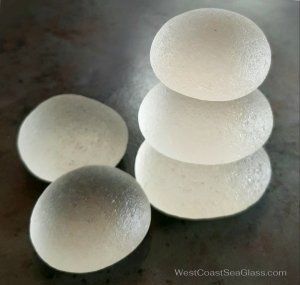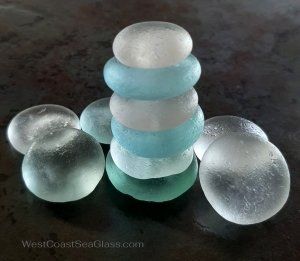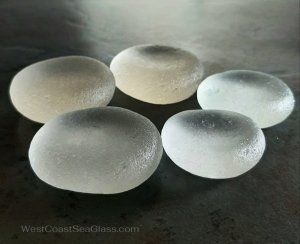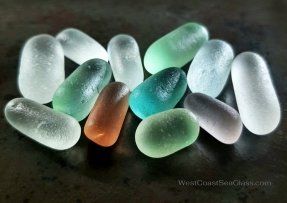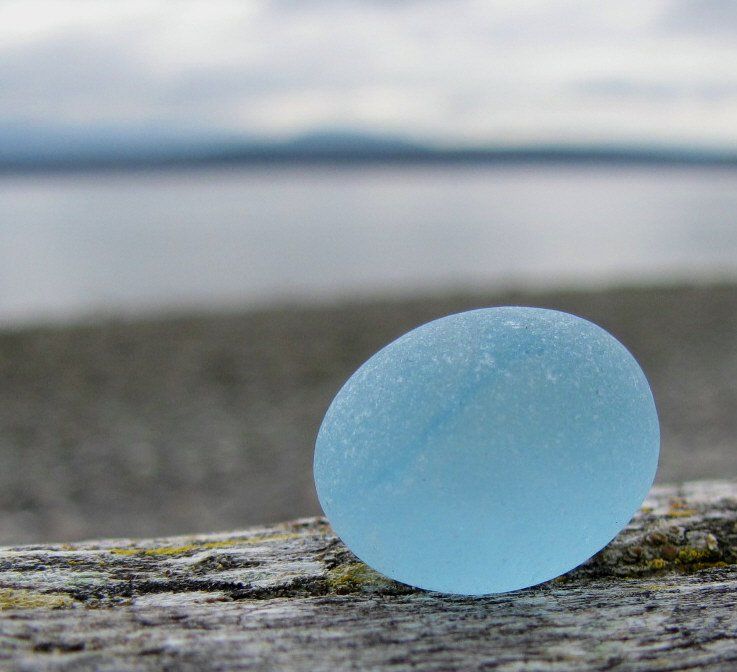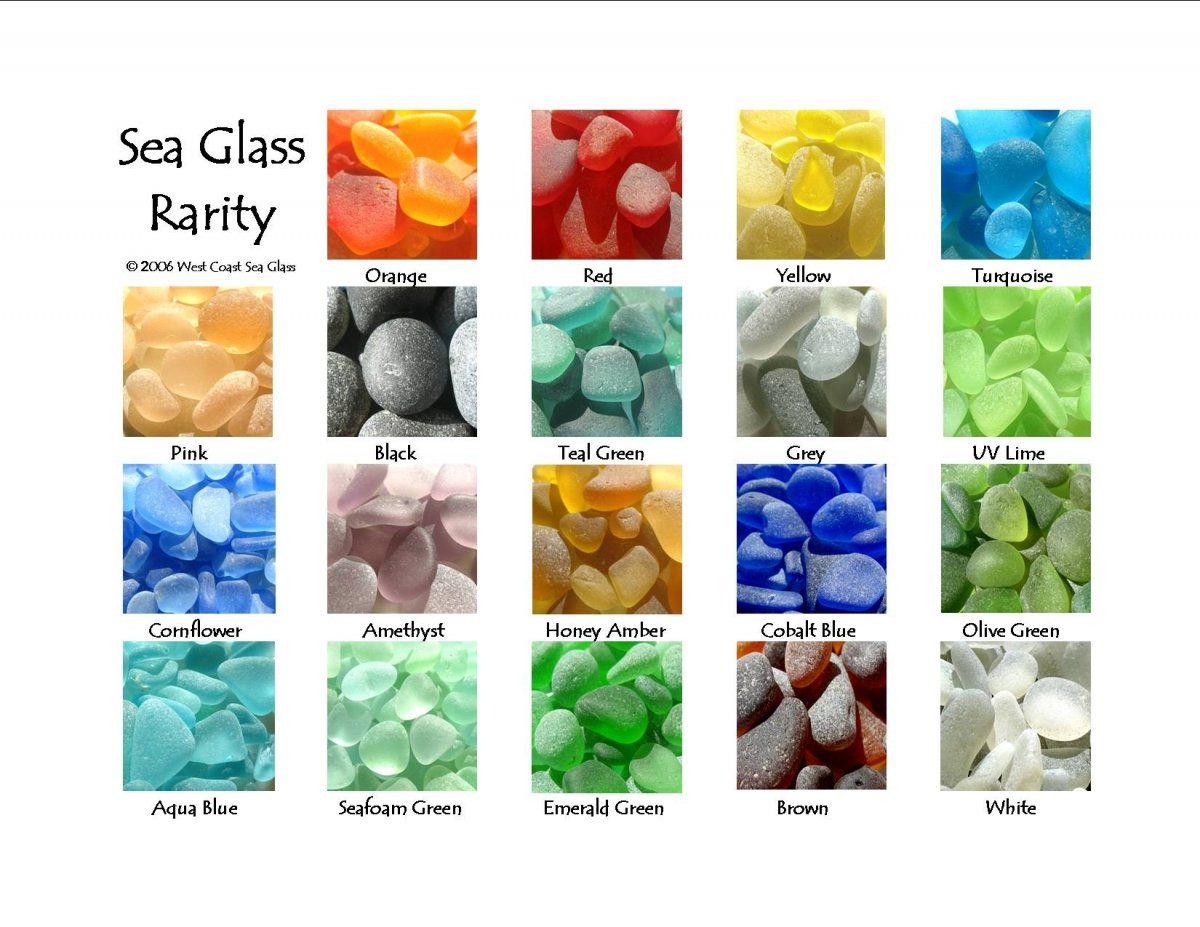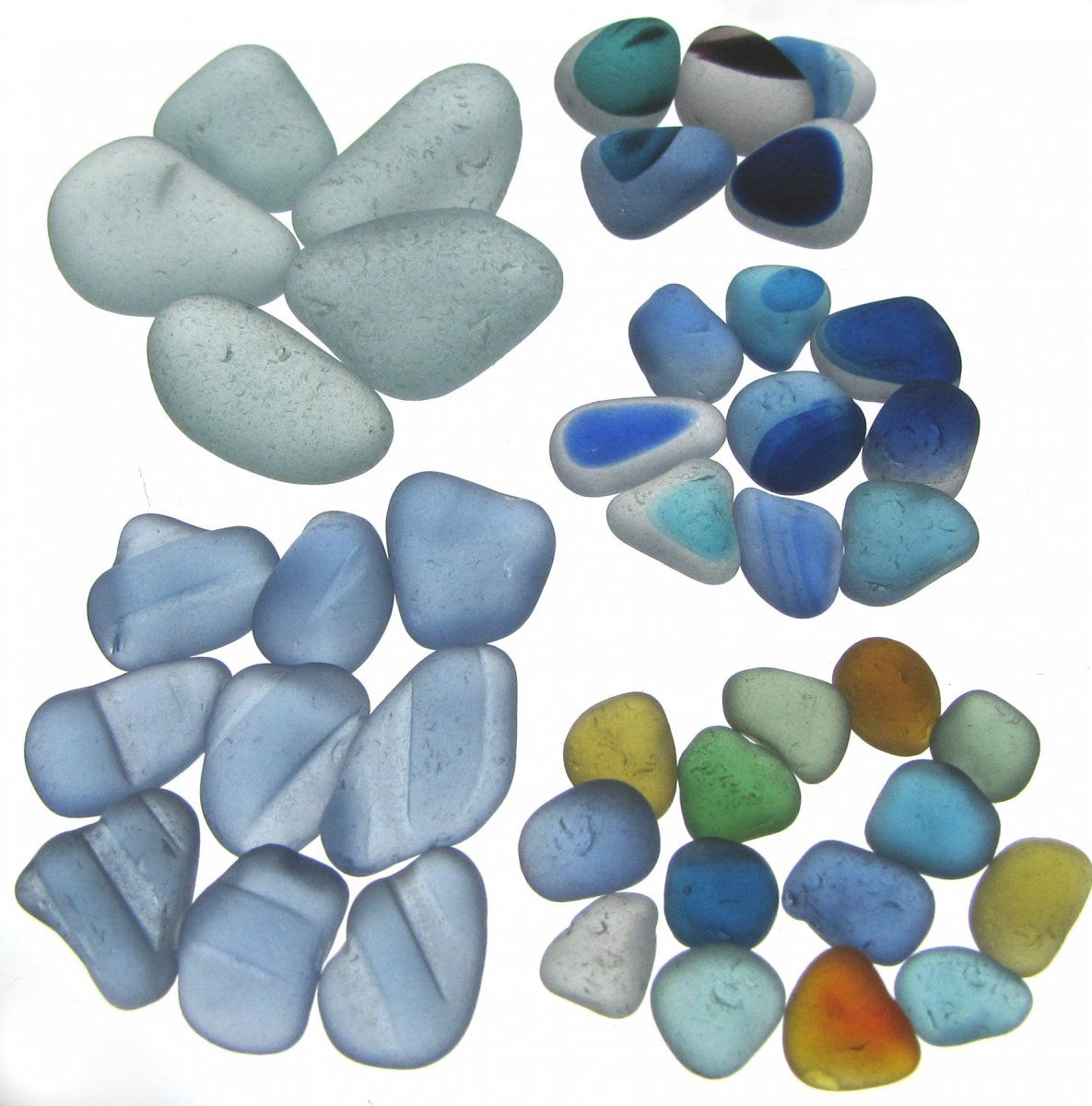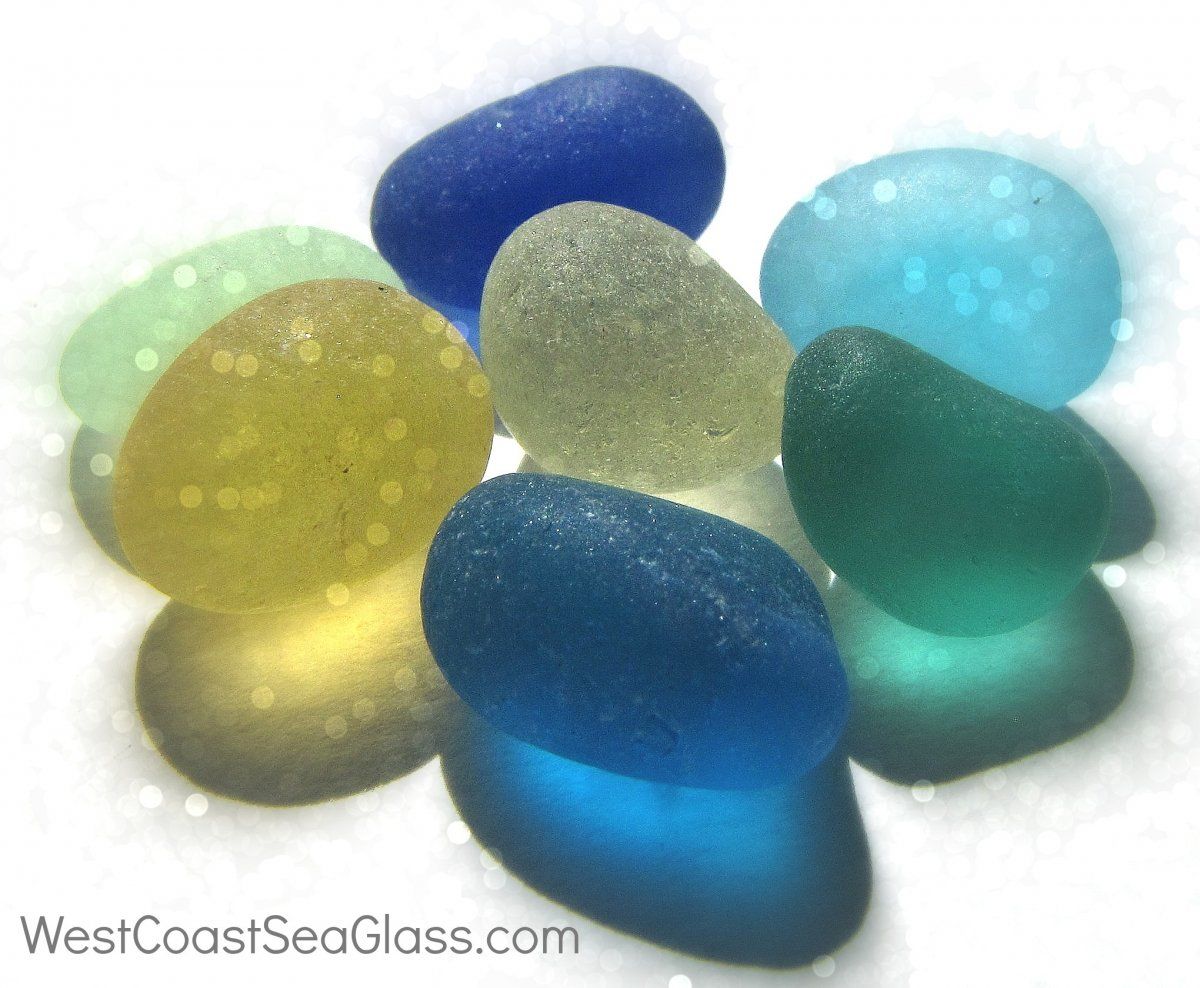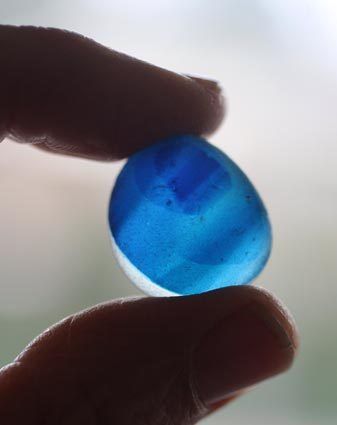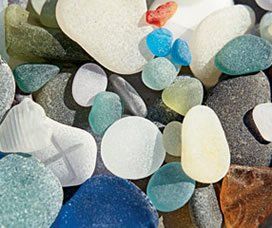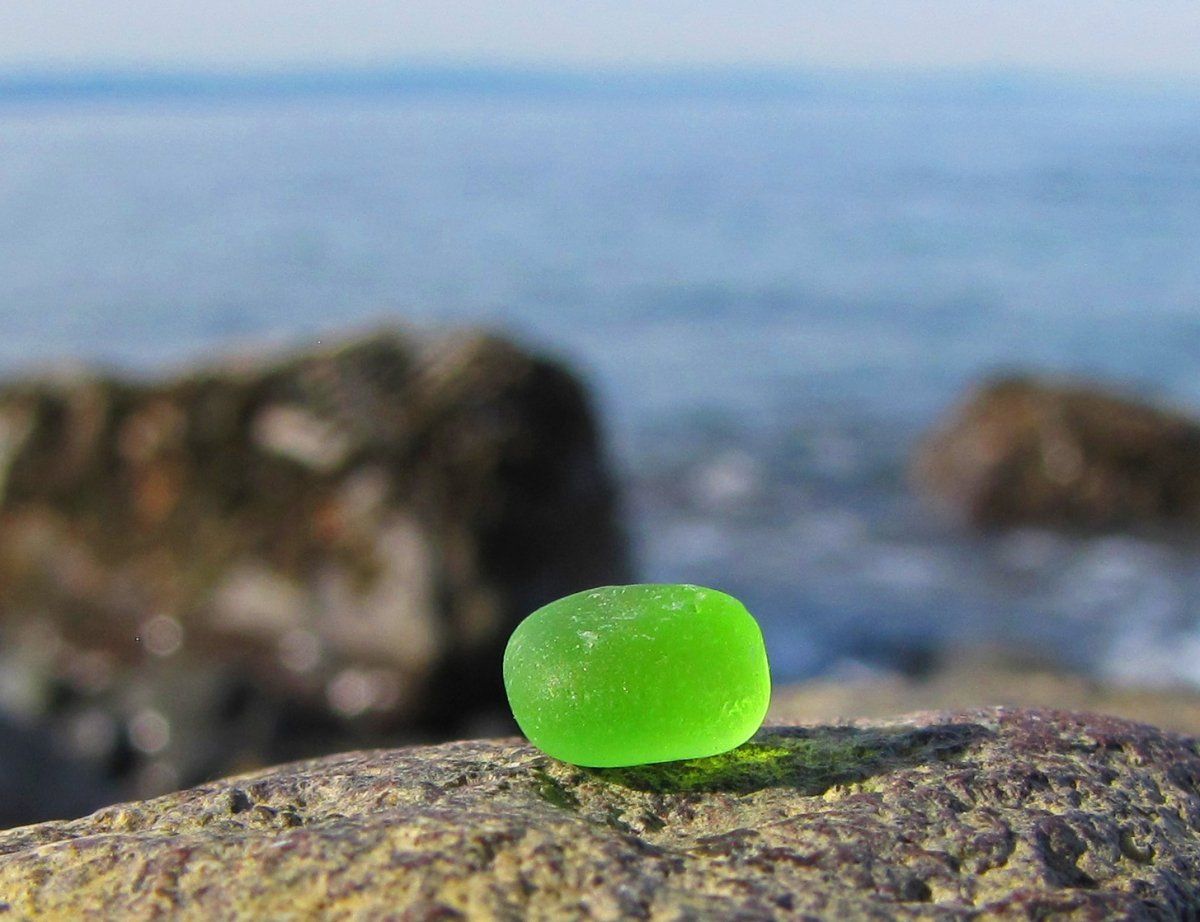Sea Glass Stoppers, Insulators and Bottle Bottoms
Today's sea glass collectors know that vintage and antique glass pieces can present a wonderful history lesson as well as an identification challenge. Most sea glass found currently during the twenty first century often originates from vintage bottles, antique serving vessels, and window glass. Historically speaking, the past 100 years have seen a mechanized bottle and glass manufacturing surge globally.
Yet many folks alive today have not had personal life experience actually utilizing antique glassware; carafes, bottles, tableware etc. That is because much of generation's-past glassware has been discarded and has even become much of today's sea glass. The good news is that with a fairly basic bottle glass and industrial glassware knowledge, much can be identified today.
By about 1910, bottle-works and glass factory production was swelling in many countries around the globe. Today, some of the most unique and rarest sea glass pieces have become what beachcombers love to hunt for and discover. Here's a compilation of some unique pieces, categorized into the following:
Bulbous Insulator Domes:
These large, beach-combed, frosty white electric insulator "domes" can be over 100 years old! Most have been tumbling for decades. We've found them individually after a lifetime collecting along remote, rocky, Pacific shores. The substantial and impeccably frosty sea glass tops are the thickest tops we've found. These were seen atop electric and telephone poles throughout neighborhoods and industrial locales since the 1840's. When each is turned over, we see the thick, wide threads typical to the underside of the insulator's heavy bulb of glass.
Bottle Stopper Finials:
The flat finials pictured here originate from the horizontal, disk-shaped top of a bottle stopper. These have been naturally snapped or tumbled from their stems by years along shore. The rounds can measure from about 1-3cm wide depending on their original stopper size and the ruggedness of shoreline they've tumbled along. On appearance, some modern day collectors might believe them to be contemporary, decorative "vase filler" pebbles. We guarantee they are not. See our video on Facebook for more*.
Antique Bottle Bases:
These fabulous, thick, and well rounded bottle bases were found years ago on rugged, pebbly shores. Most can be identified as antique, milk bottle bases, circa 1880 to mid 1900's. Historically, these were common in most homes for almost 100 years. The pieces pictured each measure at least 1cm thick x up to 3" wide and each has a tell-tale, concave divot in the center which is a common identifier of antique bottle glass bottoms. Unless the sea glass hunter searches at high tide after a strong storm, it is highly unlikely that pieces this size can be found any longer.
True Bottle Stoppers:
Here we see differing plugs, "corks", and bottle stops. All featured are in frosty white, but these practical inventions have historically been manufactured in a myriad of colors. Do you spot the "gravitating" stopper? It truly is the most unique piece here. In the shape of a bowling pin at bottom right, this stopper style was invented to work under natural pressure. It consisted of a glass plug with a flared knob at one end. A rubber gasket was placed at the end of the knob which sealed the contents by pressing against the inside surface of the bottle's neck and shoulder"
Bottle Stopper Stems:
This more colorful photo shows a collection of unique "cylindrical" pieces of stem-shaped sea glass. Each measures about 1.5cm long to about 3cm long, though we have found both shorter and longer relics of these. What are they? Each capsule-shaped sea glass stem originates from an antique bottle stopper. In fact all of them have been naturally tumbling along rugged, and mostly remote Pacific Coast shores for a lifetime which we estimate from late 1880 to about 1940. See their top, "finial" discs above.
*See the West Coast Sea Glass Facebook Page
for more videos and Info.
